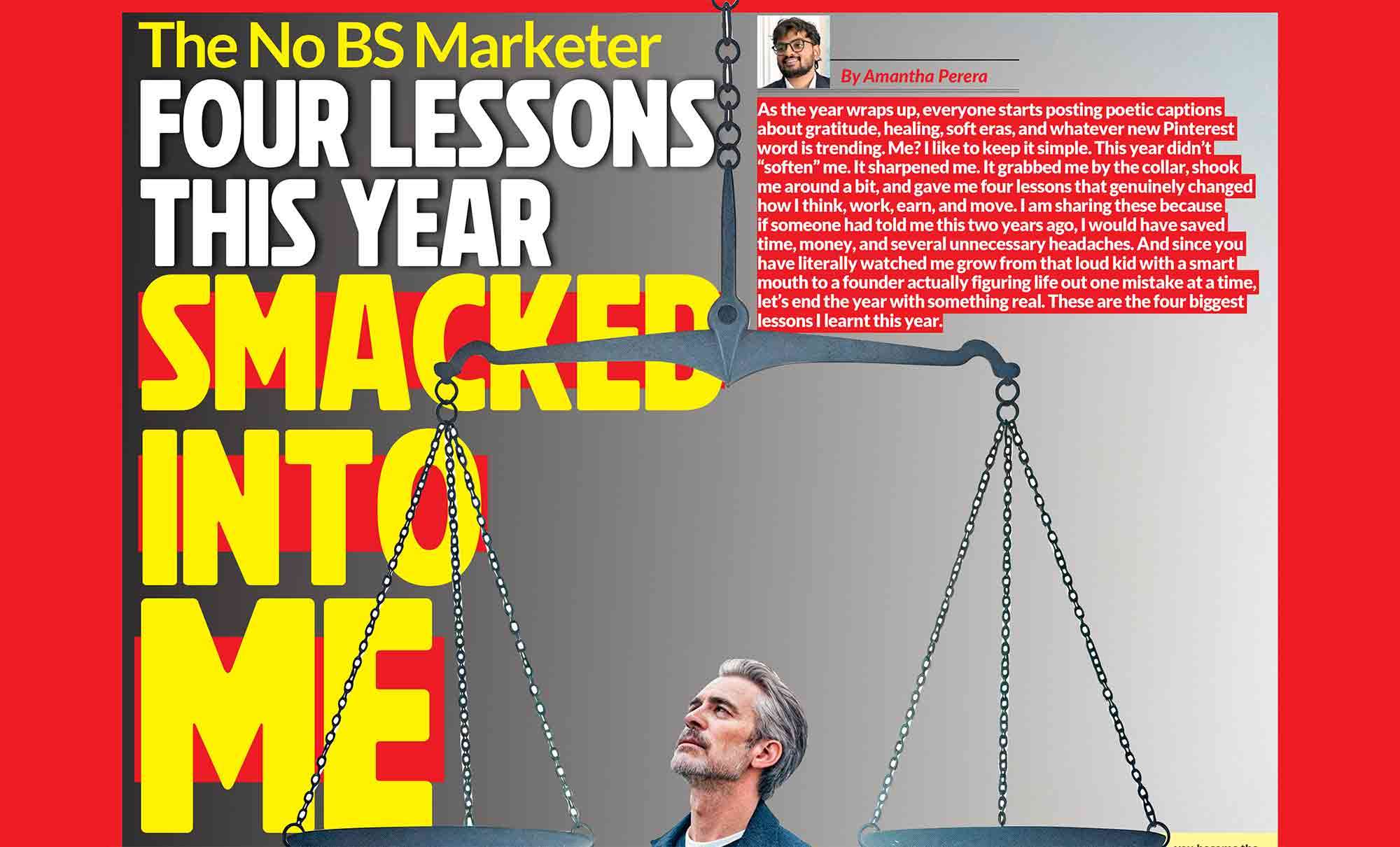



Mental health professionals can also guide you out of a functional freeze state. They can offer a supportive, safe space in which to voice your worries and aid you in reframing negative thought processes.
The most effective way of coming out of a functional freeze is through reconnecting with your body through movement and mindfulness practices. Grounding practices such as breathwork and body scans help to regulate the nervous system, relax the body and bring attention back to the present moment and what is within our realm of control.
Have you ever felt like your productivity is a ruse? Like you are able to do just enough to appear as if you are organized and efficient and yet on the inside you are entirely disengaged? Are you doomscrolling on your phone, making mental lists of everything you need to do but never quite getting round to doing it? You may be experiencing a functional freeze.
A functional freeze state may come about as a response to traumatic life events, chronic overwhelm and burnout. It differs from the paralytical nature of the classic freeze state in that a person may outwardly appear to be going through the motions of life as normal, despite internally functioning on autopilot. Individuals experiencing functional freeze may experience constant fatigue coupled with coexisting feelings of restlessness and apathy.
Other symptoms of a functional freeze may include:
- Feeling emotionally numb
- Dissociation
- Struggling with time management
- Social isolation
- Indecision
- Brain fog
- Irritability
- Low motivation
- Self-criticism
- Lack of self-care
- Feelings of dread
- Sleep disturbances
- Avoidances behaviours such as alcohol and substance use
- Excessive social media use
The freeze response is one of the ways in which our bodies attempt to protect us from perceived danger. The Counselling Directory describes it as the mental equivalent of ‘playing dead’ in order to be left alone. Although individuals usually come out of a freeze state once the stressor is removed, if the stressor persists for an extended period of time they may move into a functional freeze. For example, those who have been in abusive environments for extended periods of time may be more prone to this response as they learn to shut down in order to protect themselves.
The length of time that a functional freeze can last varies from person to person and can range from 1-2 days to weeks or even months in severe cases.
Although a functional freeze can overlap with mental health disorders such as anxiety or depression, it can also occur on its own. If you are experiencing symptoms that are interfering with your daily life, it is important to consult with a mental health professional and develop a care plan that is tailored to your individual needs.
The most effective way of coming out of a functional freeze is through reconnecting with your body through movement and mindfulness practices. Grounding practices such as breathwork and body scans help to regulate the nervous system, relax the body and bring attention back to the present moment and what is within our realm of control. Practices such as meditation and journaling help to reduce feelings of dissociation and allow us to process our feelings in an objective, non judgemental manner so as to prevent us becoming overwhelmed by them. Light exercises such as yoga or walking are helpful in combatting the feelings of immobility and fatigue associated with the functional freeze state. These practices allow us to release tension and feel more energized, whilst also feeling a sense of achievement.
Self-care practices are vital in overcoming a functional freeze. Positive affirmations such as ‘I am not alone’ and ‘I am doing my best’ reduce feelings of anxiety and encourage us to recognize the effort we are putting into healing. Acknowledging when our bodies are tired and need to recharge is also extremely important in preventing future burnout and creating a routine can help tasks feel more manageable, decreasing avoidance behaviours.
Mental health professionals can also guide you out of a functional freeze state. They can offer a supportive, safe space in which to voice your worries and aid you in reframing negative thought processes. They can help you identify the underlying emotions that lead to the freeze state, and how to address these emotions when they arise. They can also aid you in shifting your focus to the present moment and being patient with yourself as you try to overcome feelings of overwhelm apathy, guilt, anxiety and detachment. Trauma informed therapists may be able to provide specific practices that focus on desensitizing traumatic memories and releasing trauma from the physical body.
Although a functional freeze state can make us feel stuck, it doesn’t have to feel like that forever. In fact, it can be the precursor to a much more grounded, compassionate chapter of our lives. By recognising when we need help and taking small, intentional steps to reconnect with ourselves we can rediscover a sense of fulfillment and purpose in no time!











